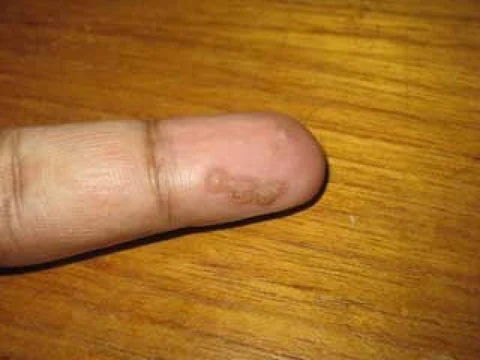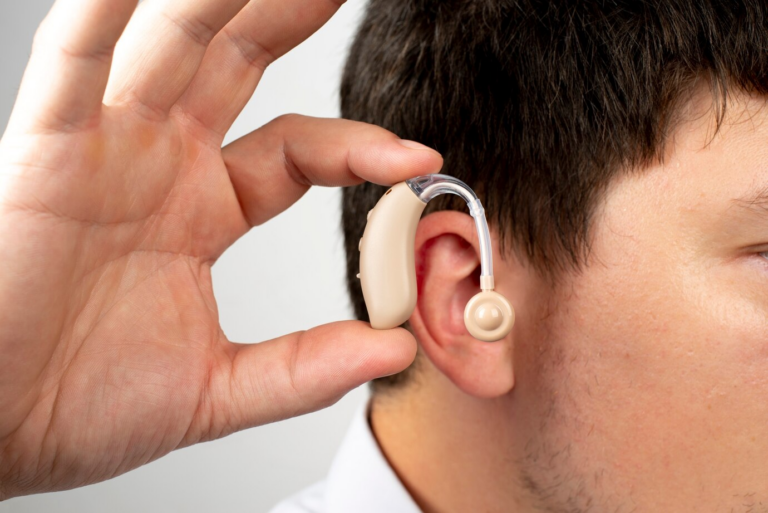Exploring Warts: Close-Up Pictures and Insights into Common Skin Growths

Introduction:
Warts, those small, often bothersome growths that appear on the skin, are a common dermatological condition affecting people of all ages. While they are typically benign, they can be unsightly and sometimes uncomfortable. Understanding what warts look like up close can help individuals recognize them early, seek appropriate treatment, and prevent their spread. In this comprehensive guide, we’ll delve into close-up pictures of warts, exploring their appearance, characteristics, and treatment options.
What Are Warts?
Warts are noncancerous growths caused by the human papillomavirus (HPV). There are various strains of HPV, some of which are more likely to cause warts on specific parts of the body. These growths can vary in appearance, texture, and color, and they are highly contagious. Common areas for warts to develop include the hands, feet, and face, although they can appear anywhere on the body.
Characteristics of Warts:
- Appearance: Warts often have a rough, bumpy texture resembling a small cauliflower. They can be flat or raised and may have irregular edges.
- Color: Warts can range in color from flesh-colored to dark brown or black. The color may depend on factors such as the individual’s skin tone and the specific type of wart.
- Size: Warts can vary in size, from tiny pinheads to larger growths measuring several centimeters in diameter. They may occur singly or in clusters.
- Location: Warts can appear on any part of the body, but they are most commonly found on the hands, fingers, feet, and face. They can also develop in areas where the skin is broken, such as around fingernails or on the soles of the feet.
Close-Up Pictures of Warts:
- Common Warts (Verruca Vulgaris):
- Common warts typically appear as small, flesh-colored or grayish growths with a rough surface texture. They often develop on the fingers, hands, and around the nails.
- In close-up pictures, common warts may resemble tiny cauliflower florets, with irregular edges and small black dots (referred to as “wart seeds”) embedded within them.
- Common warts may occur singly or in clusters, and they can sometimes cause discomfort or pain, especially when located on pressure points of the body.
- Plantar Warts:
- Plantar warts are warts that develop on the soles of the feet, often in areas subjected to pressure or friction, such as the heels or balls of the feet.
- Close-up images of plantar warts reveal flat or slightly raised growths with a hardened, callus-like appearance. They may have small black dots on the surface, representing clotted blood vessels.
- Plantar warts can be painful, especially when walking or standing, as they can press into the sensitive tissues of the foot.
- Flat Warts (Verruca Plana):
- Flat warts are small, smooth, flesh-colored or slightly pink growths that typically develop in large numbers on the face, neck, hands, or legs.
- Close-up pictures of flat warts show flat-topped lesions with a smooth surface texture. They may be slightly raised and often occur in clusters.
- Flat warts are more common in children and adolescents, and they can be more difficult to detect due to their relatively smooth appearance.
- Filiform Warts:
- Filiform warts are long, narrow growths that often develop on the face, particularly around the eyes, mouth, and nose.
- Close-up images of filiform warts reveal elongated projections resembling threads or fingers. They may have a rough or spiky surface texture.
- Filiform warts can be particularly bothersome due to their appearance, and they may cause embarrassment or self-consciousness in affected individuals.
Treatment Options for Warts:
While many warts will eventually resolve on their own, treatment may be necessary to alleviate symptoms, prevent spread, and reduce the risk of recurrence. Common treatment options for warts include:
- Topical Treatments: Over-the-counter wart medications containing salicylic acid or other keratolytic agents can help dissolve the wart tissue.
- Welcome to Wellhealthorganic Buffalo Milk Tag, where we combine the purity of organic ingredients with the exceptional quality of buffalo milk. In this piece, we’ll explore the exclusive benefits associated with the WellHealthOrganic Buffalo Milk Tag, delving into its importance as a hallmark of superior quality and wellness.
- Cryotherapy: This involves freezing the wart with liquid nitrogen to destroy the affected tissue.
- Electrosurgery: A healthcare provider may use a specialized device to burn off the wart tissue.
- Laser Therapy: Laser treatment can effectively target and destroy the blood vessels supplying the wart, causing it to shrink and eventually fall off.
- Immunotherapy: This involves stimulating the body’s immune response to attack and eliminate the wart virus.
- Surgical Removal: In some cases, surgical excision may be necessary to remove stubborn or recurrent warts.
Conclusion:
Close-up pictures of warts provide valuable insights into the appearance and characteristics of these common skin growths. By familiarizing themselves with the various types of warts and their typical features, individuals can better identify warts early, seek appropriate treatment, and take steps to prevent their spread. If you have concerns about a skin growth or suspect you may have a wart, consult a healthcare professional for evaluation and personalized treatment recommendations. Remember, early intervention can help you effectively manage warts and maintain healthy, clear skin.





